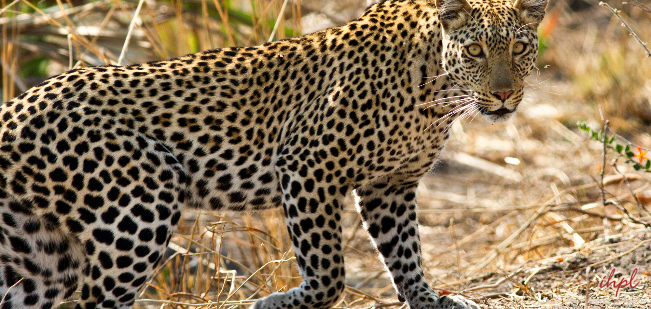 |
| A pride of Asiatic lions in Gir Forest |
Six months ago, a canine distemper outbreak devastated the Asiatic lion population killing over thirty lions in a span of three months. In fact, over 23 animals died in just twenty days in September 2018. Most of the lion deaths were reported in Gir Forest's Dalkhaniya range. Following this outbreak, 31 animals were rescued from the afflicted area near Semerdi in Gir in order to avoid further losses. The rescued lions were placed in a veterinary facility in Devaliya, where they were given vaccines imported from U.S and kept under close observation. However, despite the medical attention and care provided to ensure their well-being, the lions now have another major problem. After being kept in captivity for more than six months following the canine distemper outbreak, 26 adults and five cubs might never be released back into the wild. Experts think that the lions' prolonged stay in captivity combined with interaction with their human caretakers has resulted in their inability to sharpen their natural instincts thus reducing their possibility of surviving in the wild. Authorities have not yet determined the date to release the captive adult lions and cubs. However, Chief Conservator of Forest D.T Vasavada stated that the animals are healthy and doing well. Principal Chief Conservator of Forest and Wildlife Warden A.K Saxena added that a special protocol needs to be followed before releasing the vaccinated lions. The animals have to be kept under close observations as medical teams need to investigate their immunity and study the vaccines' effects. In addition, specific medical tests need to be conducted to check whether or not the lions have begun producing antibodies naturally. He further added that the cubs may have to stay in captivity for probably their whole life, as they have learned to eat artificially.
 |
| View of Gir Forest |
I find it understandable why these captive lions cannot be released into the wild. They have been spending such a long time in captivity that they have eventually become used to being around humans. This means they have most likely lost their natural instincts to live and survive in the wild. If these lions were to be released into the wild, then their fearlessness of humans would bring them into conflict with people. But I don't see this as a sign of hopelessness in the conservation of the Asiatic lion. In fact, I find this obstacle as an opportunity to improvise the efforts to reintroduce the lions into the wilds of India. I strongly urge the experts, researchers, and anybody involved in the lion conservation to provide the captive animals substantial amount of enrichment to help stimulate their natural instincts of hunting and surviving in the wild. Majority of the captive lions, including cubs, were described by officials in this news as healthy and doing well. This means they can exercise and play in captivity, which would be of great help when surviving in the wild. In addition, I also urge the need to combat the canine distemper virus in Gujarat which includes identifying areas where the disease is prevalent and treating stray dogs, jackals, wolves, and foxes carrying the virus in those areas. Lastly, I strongly recommend identifying areas across India as possible reintroduction sites for the lions. We should never forget that the Asiatic lion historically ranged throughout northwest and central India before being confined to Gir Forest. And it is the responsibility of anyone involved in the conservation of the lion to ensure that it is brought back to its former haunts, where it had disappeared.
View article here

